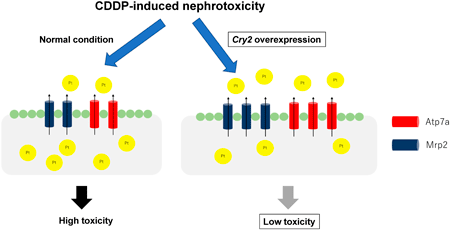- J-STAGE home
- /
- Biological and Pharmaceutical ...
- /
- Volume 48 (2025) Issue 4
- /
- Article overview
-
Hiroki Yoshioka
Corresponding author
Department of Pharmacy, Gifu University of Medical Science, 4–3–3 Nijigaoka, Kani, Gifu 509–0293, Japan Department of Hygiene, Kitasato University School of Medicine, 1–15–1 Kitazato, Minami-ku, Sagamihara 252–0374, Japan
-
Satoshi Yokota
Division of Cellular and Molecular Toxicology, Center for Biological Safety and Research, National Institute of Health Sciences, 3–25–26 Tono-machi, Kawasaki-ku, Kawasaki 210–9501, Japan
-
Shintaro Torimoto
Department of Pharmacy, Gifu University of Medical Science, 4–3–3 Nijigaoka, Kani, Gifu 509–0293, Japan
-
Hanane Horita
Department of Pharmacy, Gifu University of Medical Science, 4–3–3 Nijigaoka, Kani, Gifu 509–0293, Japan
-
Yosuke Tsukiboshi
Department of Pharmacy, Gifu University of Medical Science, 4–3–3 Nijigaoka, Kani, Gifu 509–0293, Japan
-
Tohru Maeda
College of Pharmacy, Kinjo Gakuin University, 2–1723 Omori, Moriyama-ku, Nagoya 463–8521, Japan
-
Nobuhiko Miura
Corresponding author
Department of Health Science, Yokohama University of Pharmacy, 601 Matano-cho, Totsuka-ku, Yokohama 245–2006, Japan
Supplementary material
2025 Volume 48 Issue 4 Pages 390-398
- Published: April 19, 2025 Received: November 27, 2024 Released on J-STAGE: April 19, 2025 Accepted: February 16, 2025 Advance online publication: - Revised: -
(compatible with EndNote, Reference Manager, ProCite, RefWorks)
(compatible with BibDesk, LaTeX)


